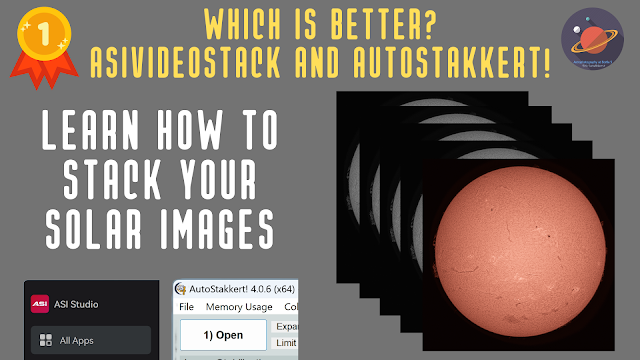Welcome to my Astro Blog!

Welcome to my blog about all things astronomy and astrophotography! I will feature my latest pictures of the night sky, insights, stories, and more. Subscribe for the latest updates! Clear skies! -Erik
Amateur Astrophotographer and Dad sharing his love for the night sky.






